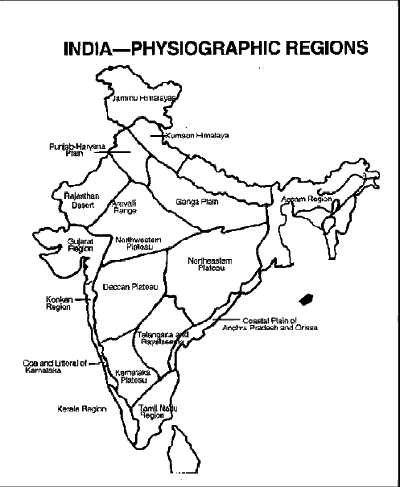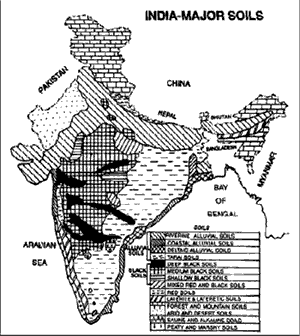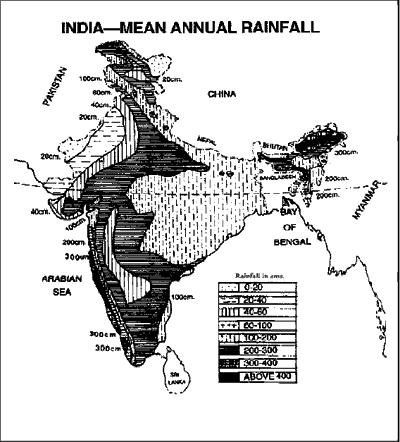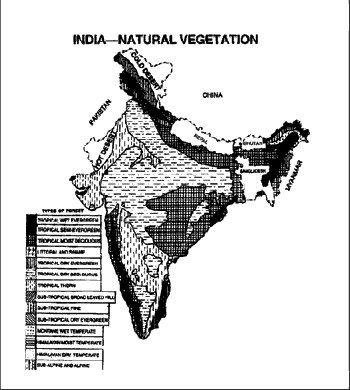(HOT) UPSC Current Affairs 2025 PDF
NEW! The Gist (NOV-2025) | E-BOOKS
(IGP) IAS Pre: GS - Geography - Indian Geography Physical: India Physical (Part -2)
Indian Geography Physical
India Physical (Part -2)

Physiographic Regions
| MAJOR DIVISIONS | CRITERIA FOR DIVISION |
| Western Himalaya (i) Jammu and Kashmir state |
Comparatively cool, arid and semi-arid over a large area. Rains during summer season occurs only over a small area in the southern part. |
| (ii) Punjab and Kumaon
Himalaya Region (between Neapl in the east to Jammu and Kashmir in the north west. |
Wetter, more densely forested and more thickly populated region than Jammu and Kashmir state |
| Assam Region - includes Arunchala Pradesh, Nagaland, Manipur Mizoram, Meghalaya, Tripura and Assam |
|
| (i) Assam Himalaya. | |
| (ii) The Brahmaputra or Assam Valley. | |
| (iii) The Meghalaya Hills of Shillong Plateau including the Garo, Khasi, Jaintia and Mikir. | It is part of Peninsular plateau and structurally a granitic block. |
| (iv) The Eastern Highlands | Young fold mountains running from North to South. |
| The Plains of Northern India | Rainfall is the main criterion used for dividing sthis alluvial plain into regions. |
| (i) The West Bengal Plain. | Rice and Jute producing area. |
| (ii) The West Bengal duars and the Sikkim, Darjeeling, Himalaya | Wetter than West Bengal Plain, semi-evergreen forest and tea plantation. |
| (iii) The Ganga Plain
Comprising alluvial palin of U.P. and Bihar |
Decrease in the amount of summer rainfall in the west. |
| (iv) The Punjab-Haryana Plain
Situated to the west of Yamuna and North of arid and semi-arid Rajasthan desert. |
Extensive well-irrigation coupled with canalirrigation in the northern districts.
|
| (v) The Rajasthan desert
Situated to the west of Aravalli. |
Region deficient in rainfall. Entirely different in character from the highly wet plains of the Ganga and Brahmaputra. |
The Indian Plateau |
|
| Deccan Lava Region
Includes plateau area of Maharashtra and neighbouring states of M.P., A.P. and Karnataka. |
Receives annual rainfall. Entirely 50 cm and 100 cm. Region has Black soil and produces cotton, jowar and groundnut. |
| The North Western Plateau and the Aravalli Range
Situatled to the north of Deccan lava region. |
Receives less rainfall during summer than the Deccan lava region and is relatively coller in winter. |
| The Karnataka Plateau
Situtated to the East of Karnatak state. |
Relatively cooler in summer than neighbouring areas due to its high elevation. |
| The North Eastern Plateau
Situated to the east of the Deccan lava region and includes interior parts of Orissa, the Jharkhand Plateau and eastern M.P. |
Region is very rich in minerals. |
| The Coastal lowlands | More productive soils, heavier rainfall and better irrigation facilities than the Indian Plateau. |
| Eastern Coastal Region
(i) Coastal Plains of Andhra Pradesh and Orissa. |
|
| Western Coastal Region
(i) Gujarat Region North of Daman |
Receives rainfall during winter also.
Largely semi-arid, millet and cotton producing region. |


Mean Annual Rainfall
| AREAS OF HEAVY RAINFALL | AREAS OF MODERATE RAINFALL | AREAS OF SCANTY RAINFALL |
| Rainfall between 200-400 cm | Rainfall between 100-200 cm | Rainfall between 40-60 cm |
| The Arabian Sea branch of south west monsoon causes rainfall all along the Western Ghats, west coast of Maharash- tra, Gujarat, and parts of M.P. from June to September. | The average rainfall over North Indian Plain generally remains between 100 to 200 cm. Other areas of moderate rainfall are northeastern parts of Peninsular India, highlands of Central India, and Tamil Nadu. | Parts of Punjab, Haryana, northern and western Rajasthan and Kachchh and Kathiawar regions of Gujarat. A narrow strip of land, lying in rain shadow areas of Peninsular India receives rainfall below 60 cm. |
| In north East India, the Bay of Bengal branch of monsoonal winds which causes monsoon in the southern hills of Shillong Plateau, Garo, Khasi, Jaintia hills (Meghalaya) and other states. | Rainfall between 60-100 cm occurs in the upper Ganga Valley, eastern parts of Aravallis, eastern Gujarat, internal parts of Andhra Pradesh, Tamil Nadu, Maharashtra and Karnataka. | The dry regions of Rajasthan, west of the Aravalli hills receives rainfall below 20 cm, Northern parts of Gujarat and Jammu and Kashmir are other regions which receive scanty rainfall. |
|
In these regions orographic important role because the moisture laden monsoon winds strike against physical barriers like mountains, to casue heavy rainfall. |
The intensity of rainfall decreases from east to west and north to south in the Northern Plains. | Areas of Winter Rainfall
(i) The northwestern parts of India-Jammu & Kashmir, Punjab and U.P. plains |

Click Here to Download full Chapter
Click Here for India Physical MCQ
© UPSCPORTAL.COM


